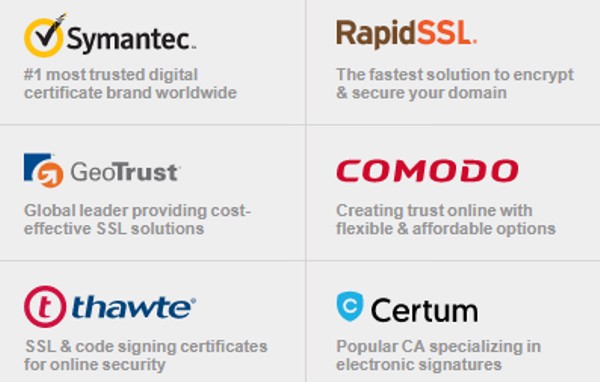SSL Certificate
How To Install SSL
SSL Certificate
Shop for SSL
What is HTTPS?
HTTPS – Wikipedia
HTTP Secure (HTTPS) is an adaptation of the Hypertext Transfer Protocol (HTTP) for secure communication over a computer network, and is widely used on the Internet. In HTTPS, the communication protocol is encrypted by Transport Layer Security (TLS), or formerly, its predecessor, Secure Sockets Layer (SSL).
How To Install SSL
After your purchase, follow these steps to install and SSL Certificate on your website.
1. CSR Generation for SSL Certificates
After purchasing, the next step in the SSL process is to generate your order and submit a Certificate Signing Request (CSR) to the issuing Certificate Authority (CA) for processing. A CSR is simply encoded text that is created on your web server and contains information about the SSL certificate requester. This information includes, but is not limited to, the domain name for the certificate (referred to as a “Common Name”) which may require special formatting, the organization name, and a contact email for the certificate. The below articles contain step-by-step instructions on how to generate a CSR on the most common web servers and hosting platforms:
2. Site Seals for SSL Certificates
Site Seals are highly identifiable visual indicators that come with SSL Certificates to advertise the fact that a website is encrypted. Installing a site seal along with your SSL Certificate is a very straightforward process. The below articles contain step-by-step instructions on how to install site seals from the top Certificate Authorities.
3. Installation Instructions for SSL Certificates
After validation, the next step in the SSL process is to complete the technical installation process on your web server or hosting platform. This process will require the certificate requester or technical contact to have direct access to their web server or hosting platform to configure the necessary SSL files accordingly. The below articles contain step-by-step instructions on how to install an SSL certificate on the most common web servers and hosting platforms.
Why use SSL?
Any computer between you and the web server can potentially see credit card numbers, usernames, passwords, and other sensitive information if it is not encrypted with an SSL certificate. When an SSL certificate is used, the information becomes unreadable to everyone except for the server receiving the information.

